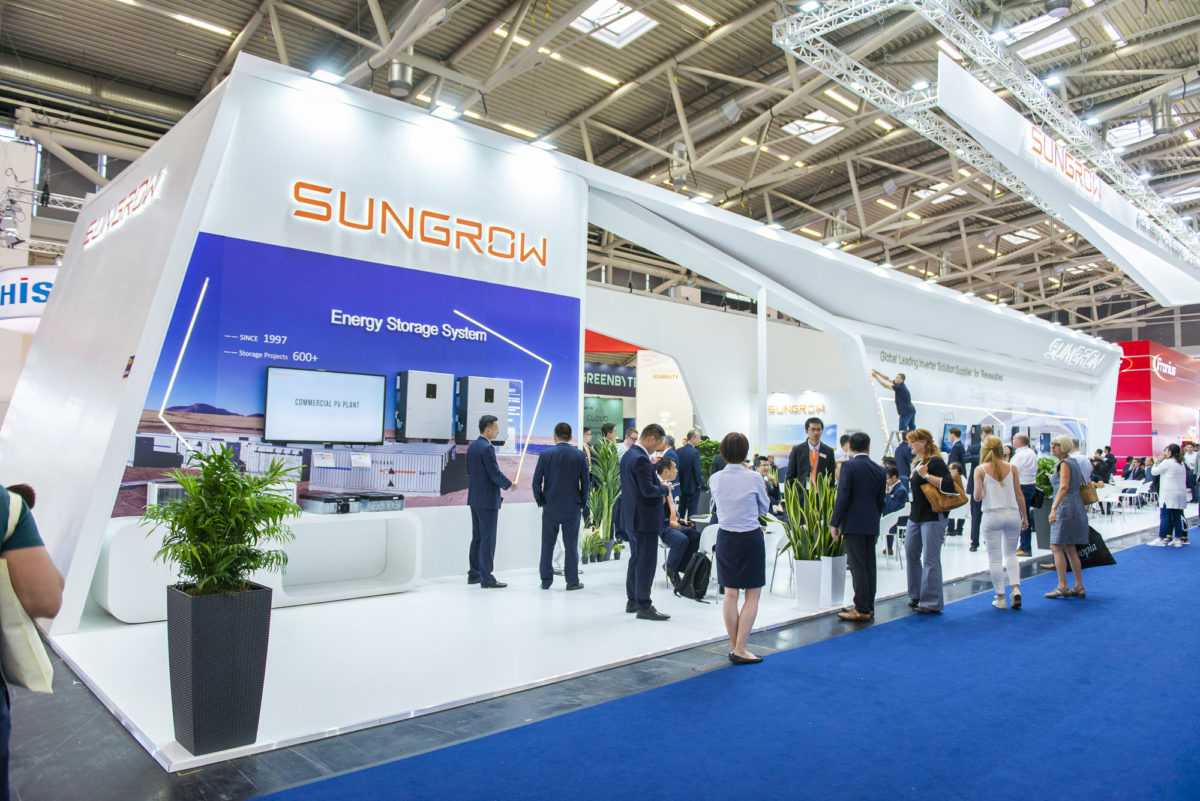In the residential segment, inverter manufacturers are increasingly focusing on the digitalization of home energy systems, and providing customers with comprehensive solutions, rather than ‘dumb' power conversion, thus helping to solve the challenges of grid integration and grid services, which many markets are in need of.
Software applications for inverters are coming out at the same time that many markets are phasing out feed-in tariffs. To ensure the continued profitability of the systems, the answer from inverter companies is clear: PV+storage coupled with smart software platforms.
Optimize power consumption
A number of the companies pv magazine spoke to said they are offering software solutions with their inverters, to optimize power consumption, storage, and sales, achieving the highest levels of profitability from residential PV systems.
With apps for mobile phones or other devices, manufacturers are looking to provide customers with the means to track PV plant performance, in addition to making adjustments to utilize storage, high-consumption home appliances, and electric vehicle (EV) charging.
Companies like Goodwe and SolarEdge presented different energy management systems and had either already introduced virtual power plant (VPP) software platforms, or announced that they would do so in the very near future.
Enphase, meanwhile, said it was continuing to build on its home energy system, enabled through its Envoy gateway. The solution builds on the digital monitoring systems it already offers, which system owners can operate from their phones and laptops.
Hybrid inverters
Also, a hot topic in the inverter market is the increasing use of hybrid inverters, which are capable of charging storage systems in parallel to regular DC/AC conversion.
On the utility-scale side, this feature is gaining traction, with manufacturers presenting different products capable of electrical storage system charging.
For such applications, different componentry is required; however, some are looking to replicate the series production approach that had allowed them to bring inverter costs down in the past. Both Sungrow and ABB, presented storage power conversion concepts that replicated the solar power conversion – potentially allowing series production once significant volumes of storage system demand begins to flow. The Sungrow solution aimed at the string level, while ABB took a similar approach in a containerized solution.
Uniform architectures allow the companies to streamline production, as well as simplify the job of operation and maintenance (O&M) contractors.
On the frontline of the latest technological developments, Sungrow presented its virtual central inverter concept. The idea is to group utility scale string inverters within an array, optimizing service and installation in a fashion similar to that with central inverters. It combines the benefits of a string inverter with those of central inverters for utility-scale power plants, Sungrow claims.
Sungrow says the virtual central inverter concept enables cabling costs to be as low as those for central inverters. Installation costs are also lower because the inverters can be lifted into place by just two people.
By coupling string advantages with central system design, Sungrow claims system owners have the advantage of being able to replace a single faulty inverter if necessary, rather than having to wait for the delivery or repair of a central inverter.
Silicon carbide replacement
Lastly, inverter manufacturers and research institutes pointed out that within the inverter hardware, IGBTs (Insulated Gate Bipolar Transistors) are likely to be replaced with silicon carbide MOSFETs (Metal-Oxide-Semiconductor Field-Effect Transistors).
An advantage of the new technology is that the transistors can work with higher frequencies, due to lower switching energy requirements, and post lower power losses than conventional silicon transistors, thus resulting in better control dynamics of the inverter.
Due to the higher frequency, the inverter can act as an active filter to compensate for harmonics in the medium-voltage grid.
This content is protected by copyright and may not be reused. If you want to cooperate with us and would like to reuse some of our content, please contact: editors@pv-magazine.com.




By submitting this form you agree to pv magazine using your data for the purposes of publishing your comment.
Your personal data will only be disclosed or otherwise transmitted to third parties for the purposes of spam filtering or if this is necessary for technical maintenance of the website. Any other transfer to third parties will not take place unless this is justified on the basis of applicable data protection regulations or if pv magazine is legally obliged to do so.
You may revoke this consent at any time with effect for the future, in which case your personal data will be deleted immediately. Otherwise, your data will be deleted if pv magazine has processed your request or the purpose of data storage is fulfilled.
Further information on data privacy can be found in our Data Protection Policy.